
How to Track Volunteer Grants: Tools, Metrics & More
Volunteer grants, also known as "dollars for doers" programs,…

The Volunteer Grant Research Guide | Finding More Funding
Volunteer grants (also known as dollars for doers programs) present…
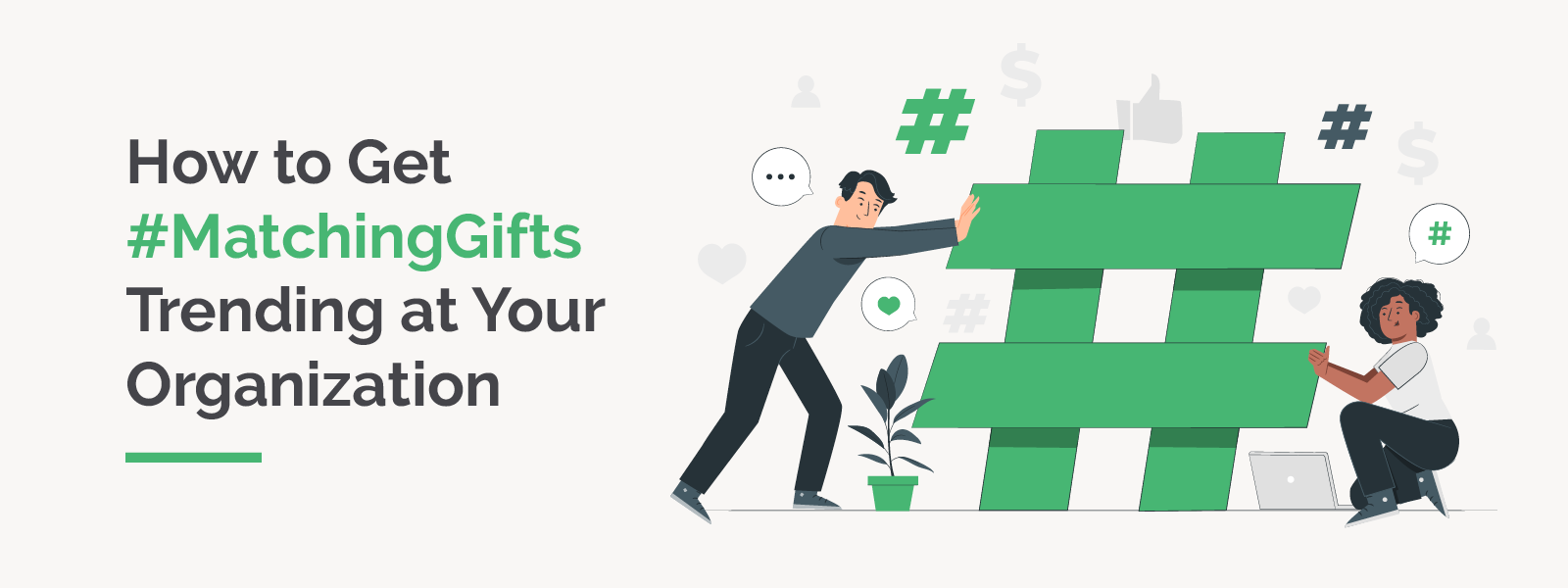
How to Get Matching Gifts Trending at Your Organization
Employee matching gifts are one of the most popular forms of…
![The Ultimate Guide to Marketing Volunteer Grants [For Nonprofits]](https://doublethedonation.com/wp-content/uploads/2024/06/DTD_The-Ultimate-Guide-to-Marketing-Volunteer-Grants-For-Nonprofits-1.png)
The Ultimate Guide to Marketing Volunteer Grants [For Nonprofits]
In the dynamic landscape of nonprofit operations, organizations…
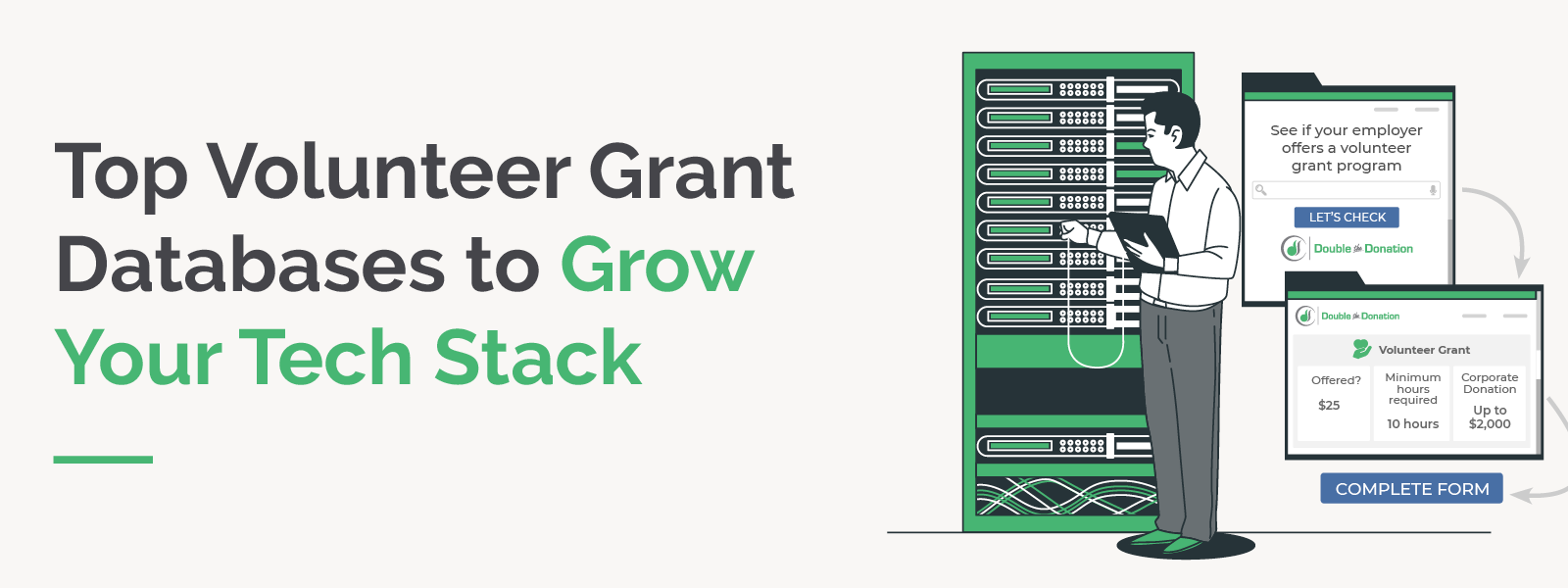
Top Volunteer Grant Databases to Grow Your Tech Stack
Volunteer grants are a vital source of funding for nonprofits,…

A Complete Guide to Creating a Donation Page (with Examples)
Picture this: You’ve just led a successful marketing campaign…
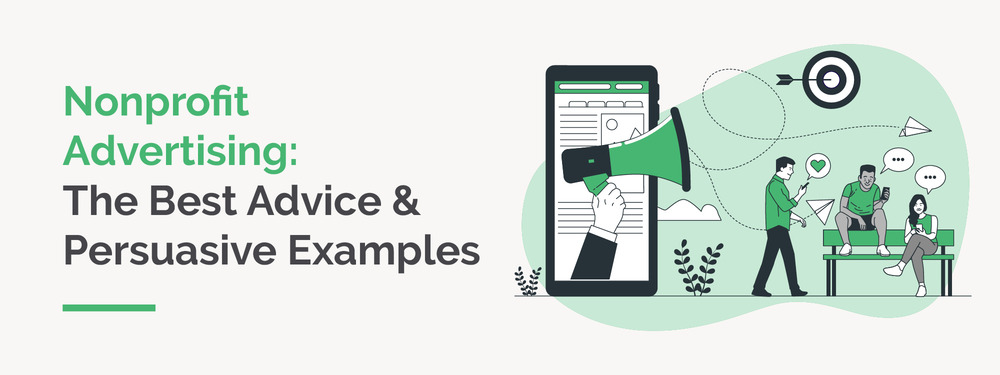
Nonprofit Advertising: The Best Advice & Persuasive Examples
The online space grows more competitive each day. Nonprofits…
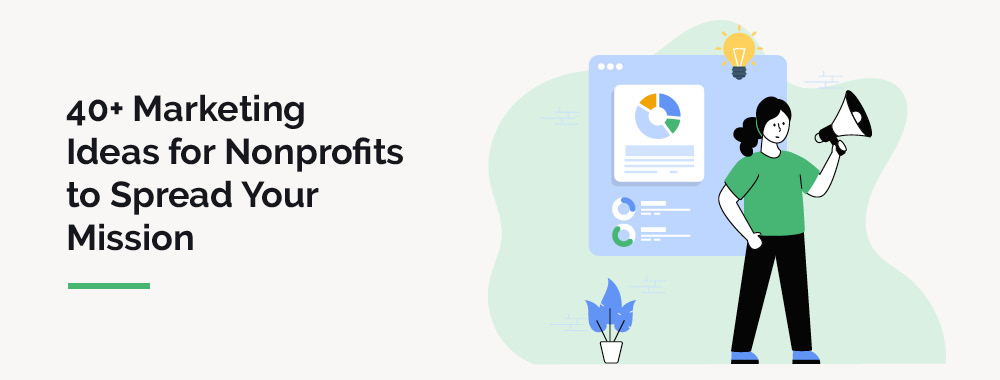
40+ Marketing Ideas for Nonprofits to Spread Your Mission
Strapped for resources but still want to make a big impact? Effective…

2025 Nonprofit Trends: What’s Changing and What’s Staying
The nonprofit sector is highly dynamic, and whether it’s philanthropy or marketing,…
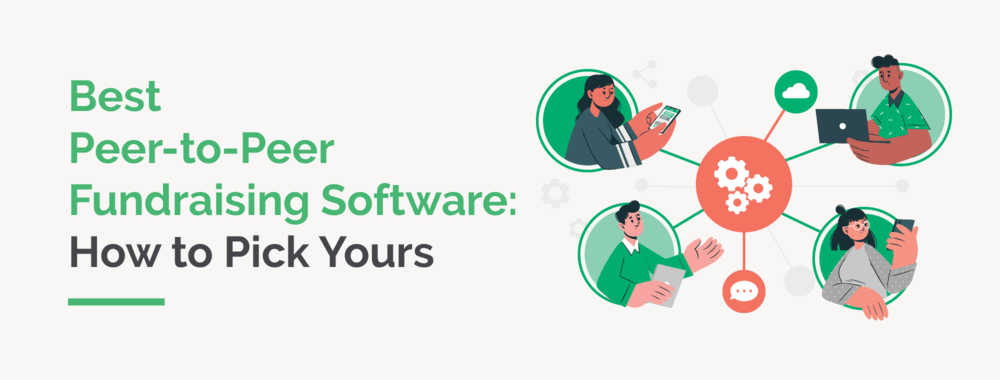
Best Peer-to-Peer Fundraising Software: How to Pick Yours
Last year, America’s 20 largest peer-to-peer fundraising campaigns…

